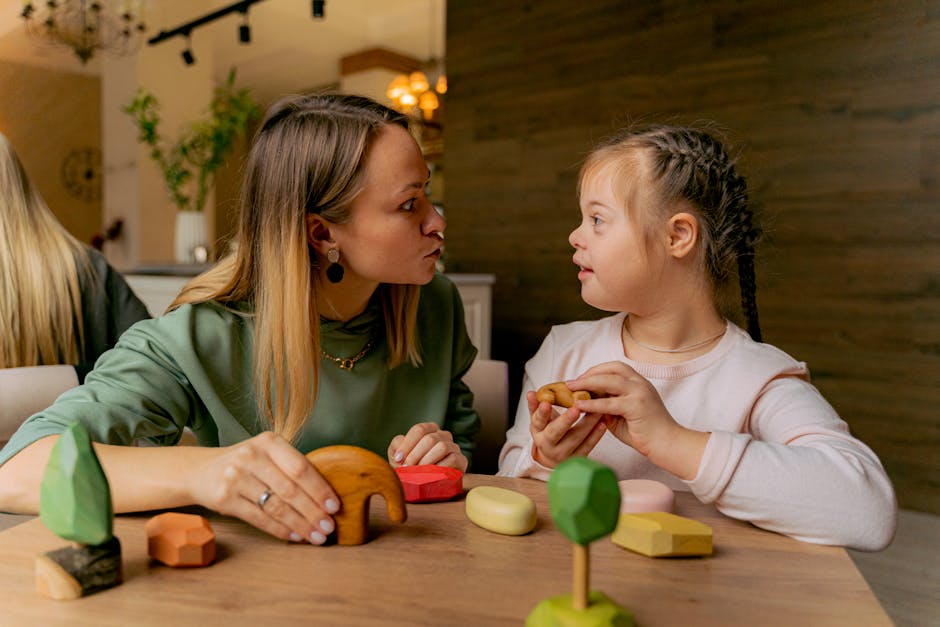The Paradox of Automation: How AI Sparks Creativity at Work
In the rapidly evolving landscape of business, the integration of AI tools and automation is often perceived as a threat, especially regarding human creativity. However, the intersection of technology and innovation can breed unexpected results—where automation doesn’t just streamline tasks but fosters an explosion of creativity. This article delves into the paradox of automation, revealing how businesses can harness AI to let creativity flourish rather than diminish.
Embracing the Creative Potential of AI
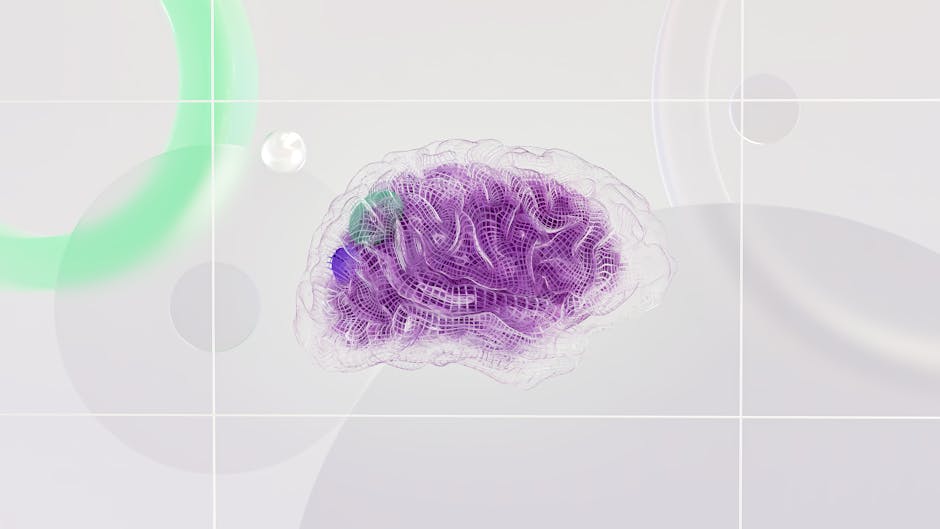
At first glance, AI may seem like a cold, calculating machine, aimed solely at increasing efficiency by replacing human effort. Yet, a deeper look uncovers a fascinating truth: AI acts like a muse, enhancing the creative process and encouraging unique thoughts. The organizations that are winning in today’s marketplace recognize that AI tools can be leveraged to spark human creativity rather than replace it.
Take Adobe, for instance, which has integrated AI into many of its products. The Adobe Sensei platform helps creators generate unique designs and enhances the user experience by suggesting improvements. Instead of stifling creativity, AI tools like this can inspire new ways of thinking, providing ideas and alternatives that may not have been considered otherwise. Through creative collaborations with AI, employees are encouraged to explore new dimensions of their work.
AI-Driven Brainstorming Tools: The New Frontier
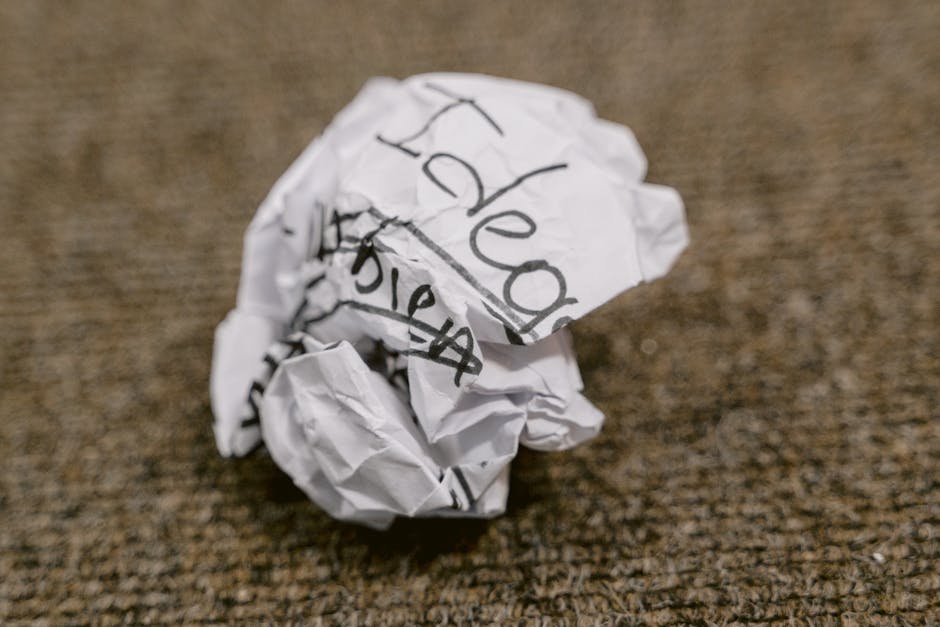
Imagine a brainstorming session where AI helps the team generate ideas based on vast data analyses. Tools such as IdeaScale and Stormboard utilize artificial intelligence to analyze previous brainstorming sessions, customer feedback, and market trends to produce innovative ideas. Instead of starting from square one, teams can build upon knowledge and insights gathered by AI, leading to more productive sessions.
Furthermore, employees can input initial ideas that AI then expands on, pushing individuals outside their comfort zones. Instead of discouraging ideas, this approach builds a culture where experimentation is the norm, ultimately leading to breakthrough innovations.
Collaboration Platforms That Enhance Creativity
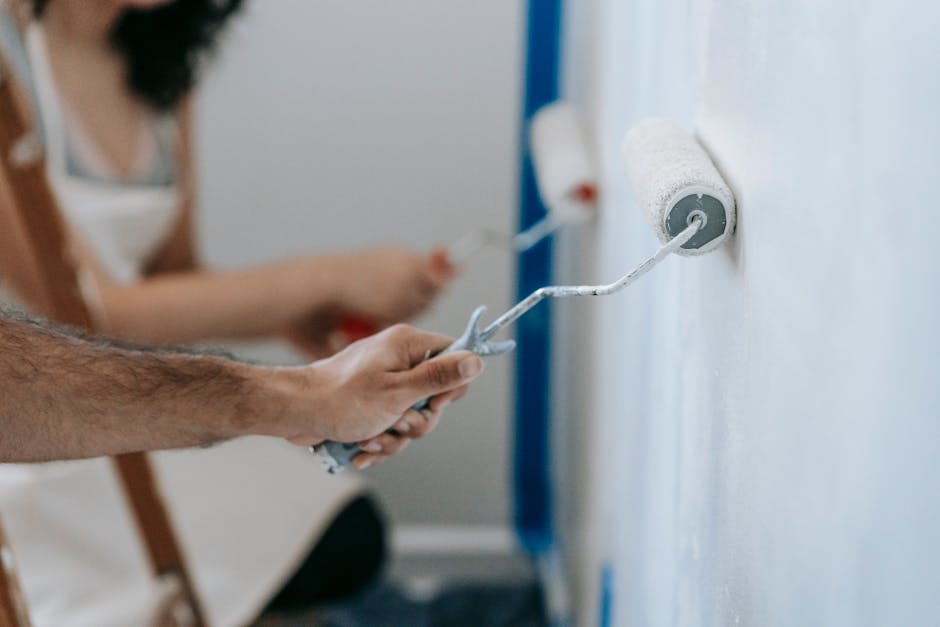
AI-powered collaboration tools, such as Miro and Trello, make it easier for teams to work together, manage projects, and generate ideas. Miro’s intelligent whiteboard software can facilitate ideation sessions with its plug-ins that help visualize processes and foster creative discussions.
Moreover, platforms like Microsoft Teams have integrated AI capabilities that keep track of team interactions, pinpointing the dynamics at play. Understanding how team members communicate can help leaders create environments that foster innovation. By analyzing conversation tones and engagement levels, leaders can adapt their strategies to enhance creativity.
For further insights into how AI tools can reshape collaboration, check out this article on transforming remote collaboration.
The Impact of AI on Team Dynamics

AI not only influences the products or services companies create but also profoundly affects team dynamics. By eliminating repetitive tasks, AI frees up time for employees to engage in creative endeavors, fueling innovation. For instance, ChatGPT simplifies customer interactions, allowing employees to focus on improving offerings rather than being bogged down with repetitive questions.
Moreover, AI can help pinpoint the individual strengths of team members, creating opportunities for collaborative efforts that highlight those unique skills. If AI identifies that a particular employee excels at design and another at data analysis, it can facilitate partnerships between them, resulting in more creative and enriched outcomes.
Fostering a Culture of Innovation
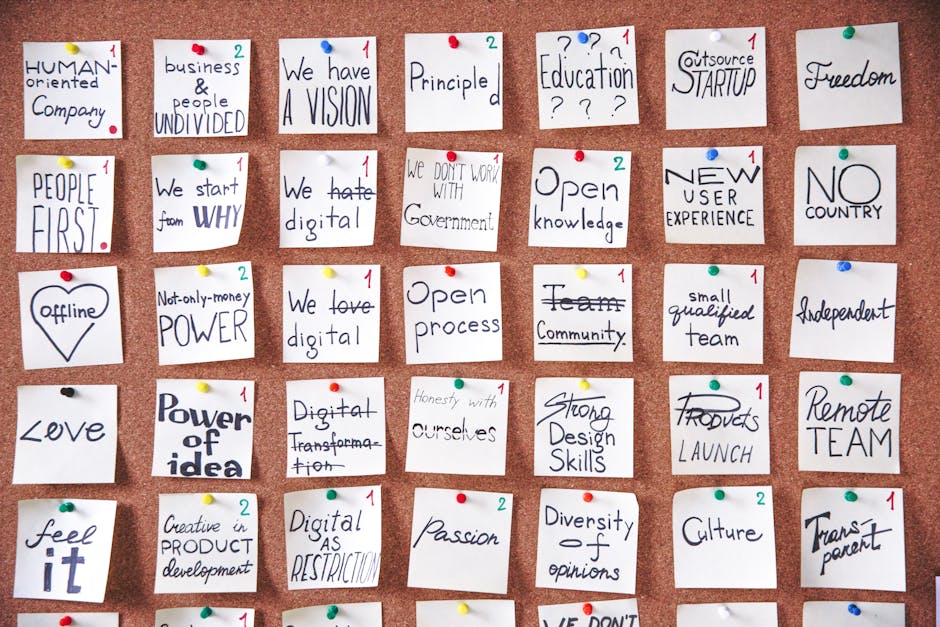
Creating an environment where creativity is celebrated is pivotal in fostering ongoing innovation. By integrating AI into everyday processes, businesses can lead workshops and brainstorming sessions that emphasize the link between technology and creativity.
Consider the example provided by Uniqlo, which has adopted an AI-driven approach to analyze consumer trends and preferences. Rather than relying on traditional methods that may stifle creativity, Uniqlo utilizes AI insights to enhance its creative output in design and marketing. As a result, employees are empowered to experiment, leading to successful campaigns that resonate with customers.
The fusion of AI and business leads to new ways to innovate. Companies focusing on enabling employees to embrace change will likely navigate the future landscape of business with greater success.
AI and Employee Engagement: Fueling the Fire of Creativity

Another critical aspect of nurturing creativity through AI is elevated employee engagement. When employees believe they can contribute and their voices are heard, they are more likely to offer creative solutions. AI tools like AI insights can help managers gauge engagement levels and adjust their strategies accordingly.
For example, chatbots can gather real-time feedback from employees about team dynamics and project progress. Such immediate responses equip managers with the information they need to facilitate discussions that spur creativity.
In addition, organizations can use AI-driven analytics to track employee improvement over time, highlighting individual contributions to projects, thus reinforcing their value within the team. When employees see the tangible impact of their creative contributions, it motivates them to think outside the box continually.
The AI-Driven Workplace Utopia: Engaging Employees Through Gamification
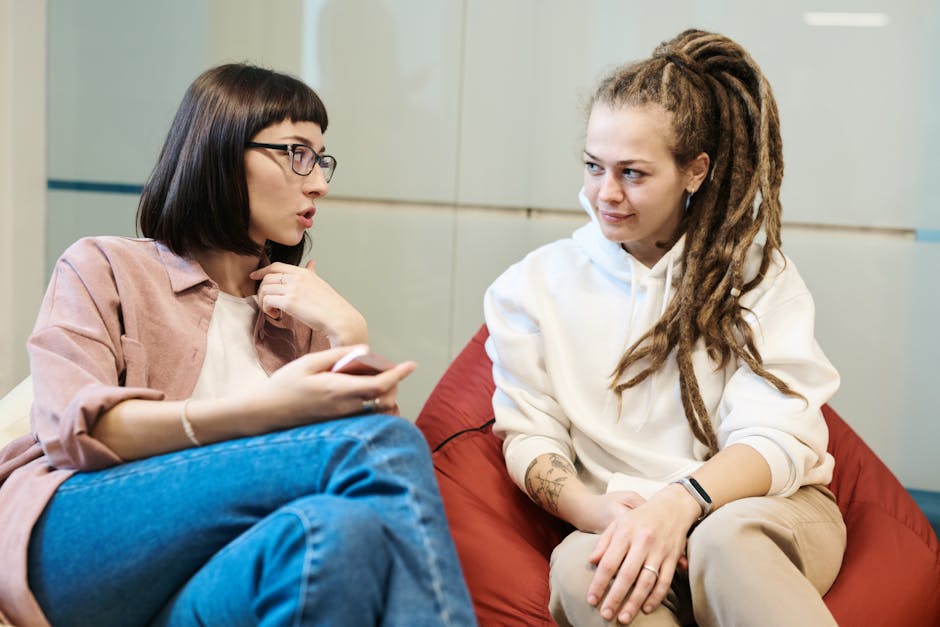
An intriguing aspect of integrating AI into the workspace is the introduction of gamification elements. Companies are leveraging AI-driven techniques to create engaging experiences that encourage creativity through fun and interactive engagement. AI can help design games that focus on problem-solving skills, teamwork, and even idea-generation challenges.
Consider how Lego has utilized gamification to fuel innovation. By inviting employees to participate in creativity-boosting workshops, they embed playful elements into serious tasks and enhance employee interaction and engagement. This approach builds a culture of creativity while allowing employees to enjoy what they are doing.
The incorporation of gaming dynamics paves the path to heightened creativity, allowing employees to approach problems and tasks with fresh perspectives.
Preparing for the Future: Embracing AI with Open Arms

As we look to 2025 and beyond, businesses must actively prepare for a future where AI tools and automation will increasingly shape industries. Organizations that approach AI as a partner in the creative process stand to reap significant benefits, including a workforce inspired by innovation and empowered by data-driven insights.
To fully embrace this transformation, businesses should consider providing training on AI tools, encouraging teams to explore and experiment with new technologies. By adopting tools that optimize workflows, employees can shift their focus toward more creative tasks and let AI handle the more mundane.
By fostering a mindset that values experimentation and collaboration, businesses can create an atmosphere where creativity becomes second nature. Those who embrace the synergy of technology and human insight will undoubtedly thrive in the rapidly changing business landscape.
Final Thoughts: Embracing the Dual Role of AI
The narrative around AI tools in business is shifting. As more organizations discover how to effectively integrate automation into their processes, it becomes clear that these tools can serve as facilitators of creativity rather than adversaries. By leveraging AI for brainstorming, enhancing collaboration, and driving employee engagement, businesses set the stage for innovation and growth.
Therefore, as we delve deeper into the world of AI, we should remember—embracing the paradox of automation can unlock profound creativity in the workplace. The path forward lies in understanding how to synergize human insight with artificial intelligence, paving the way for a brighter, more innovative future.


